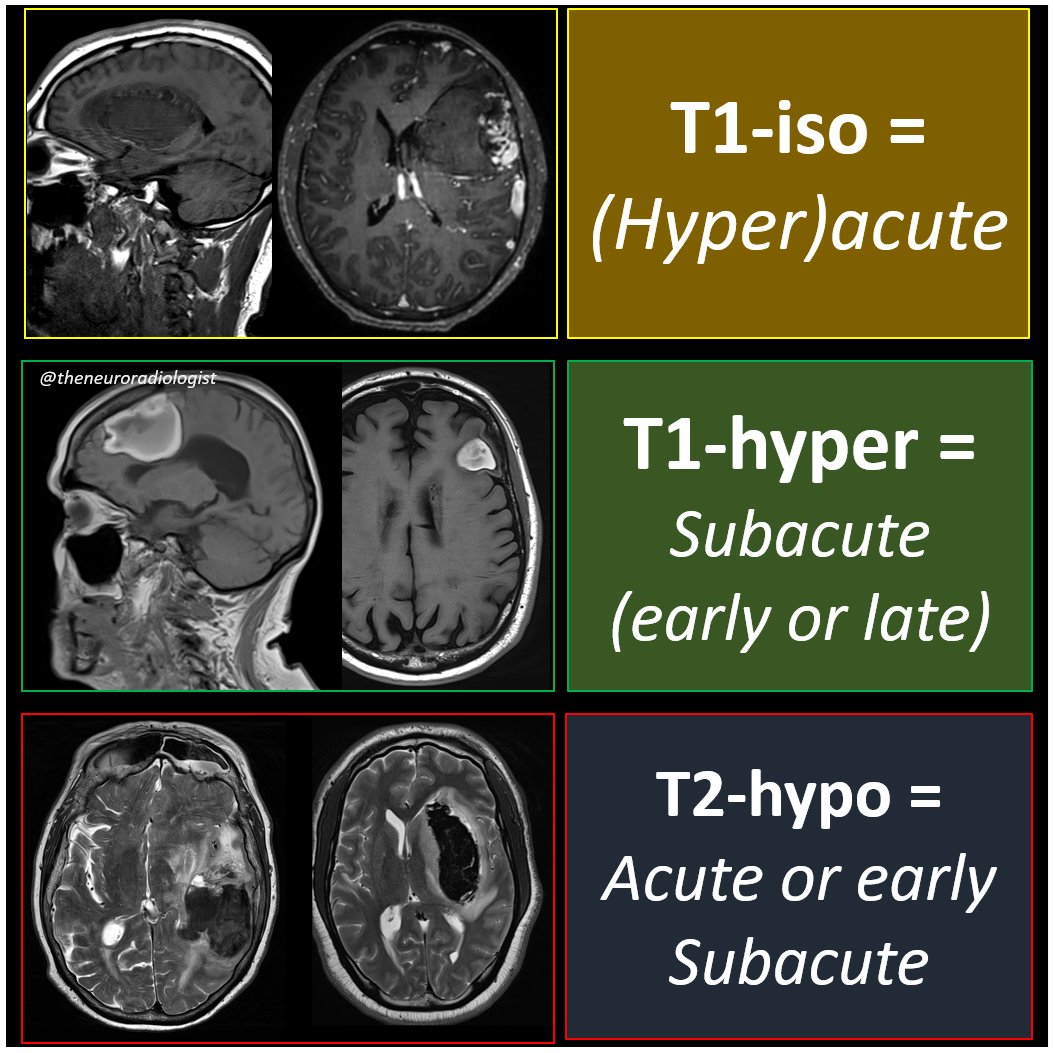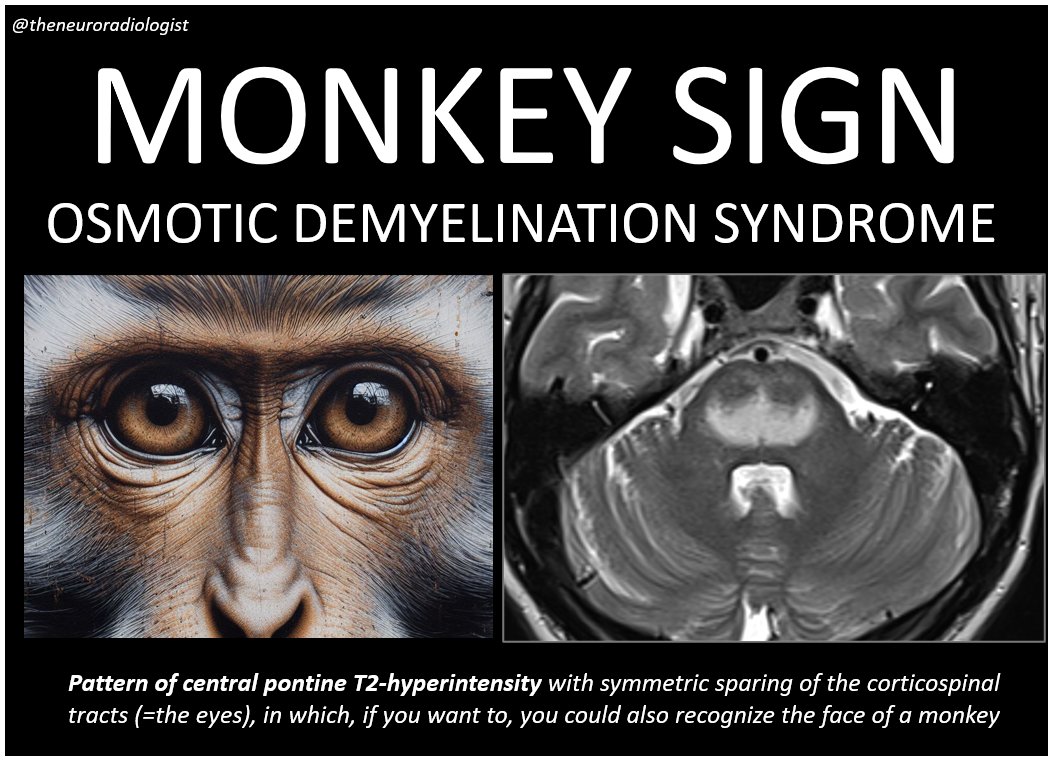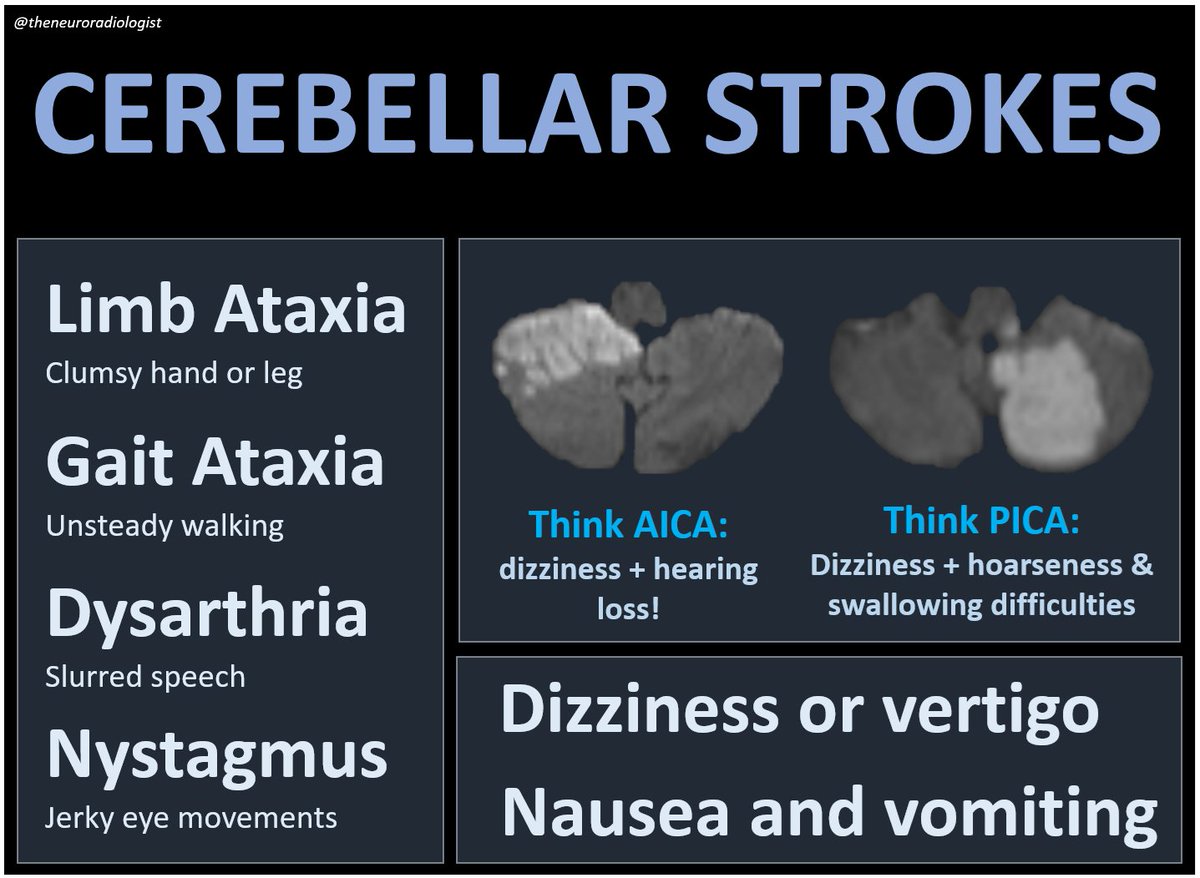
The Neuroradiologist
@theneuroradguy
Followers
28K
Following
519
Media
237
Statuses
460
A (relatively) young neuroradiologist, fascinated by the brain and brain imaging. Here to share my passion :). #radres #RadED #FOAMrad #Neurorad #radiology
Joined December 2021
Not an "official" sign (but when do radiological signs become official?) but this likekness was brought under the world's attention in an article on neuroradiological imaging signs by Inna Page and @frankgaillard (.
0
0
11





















